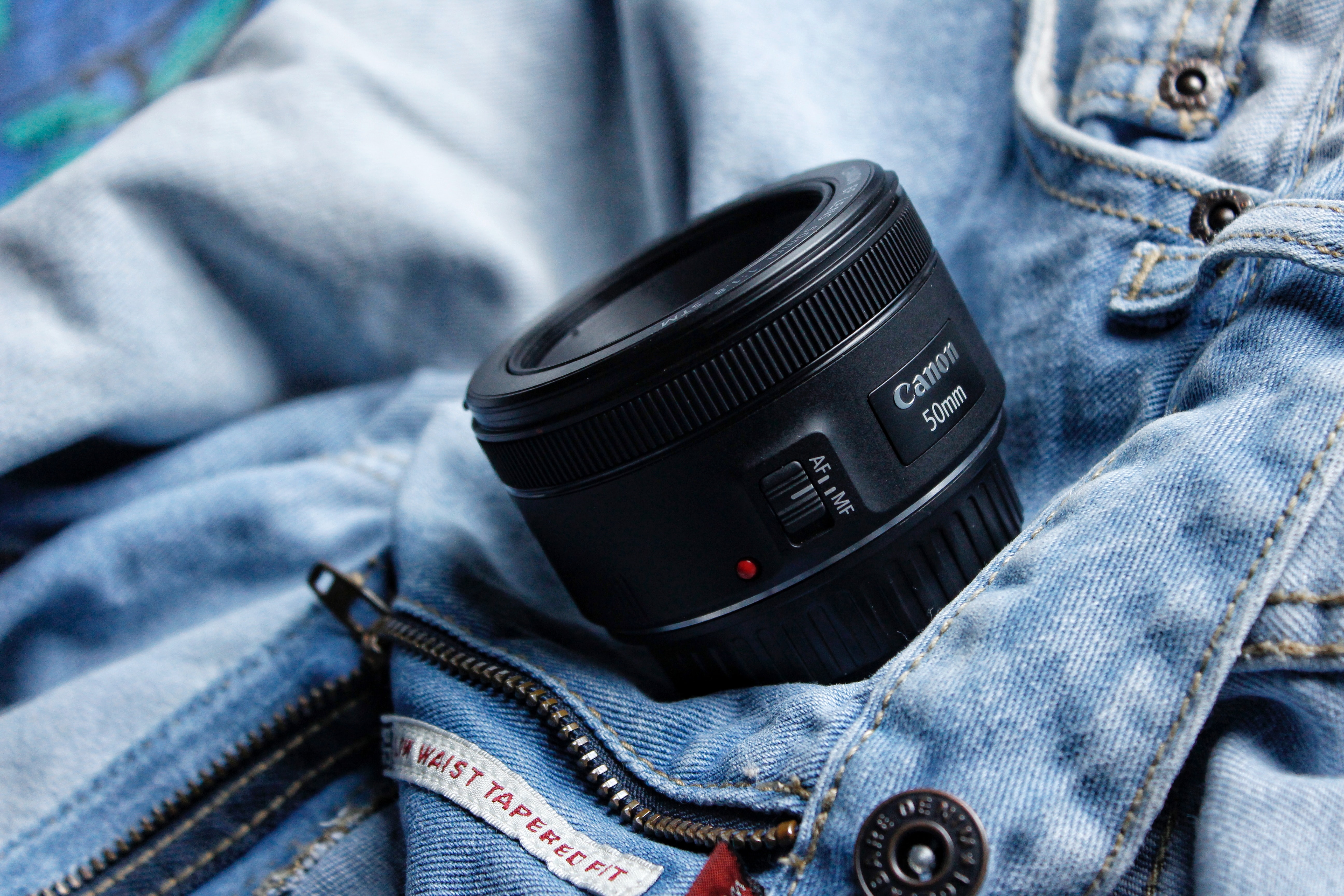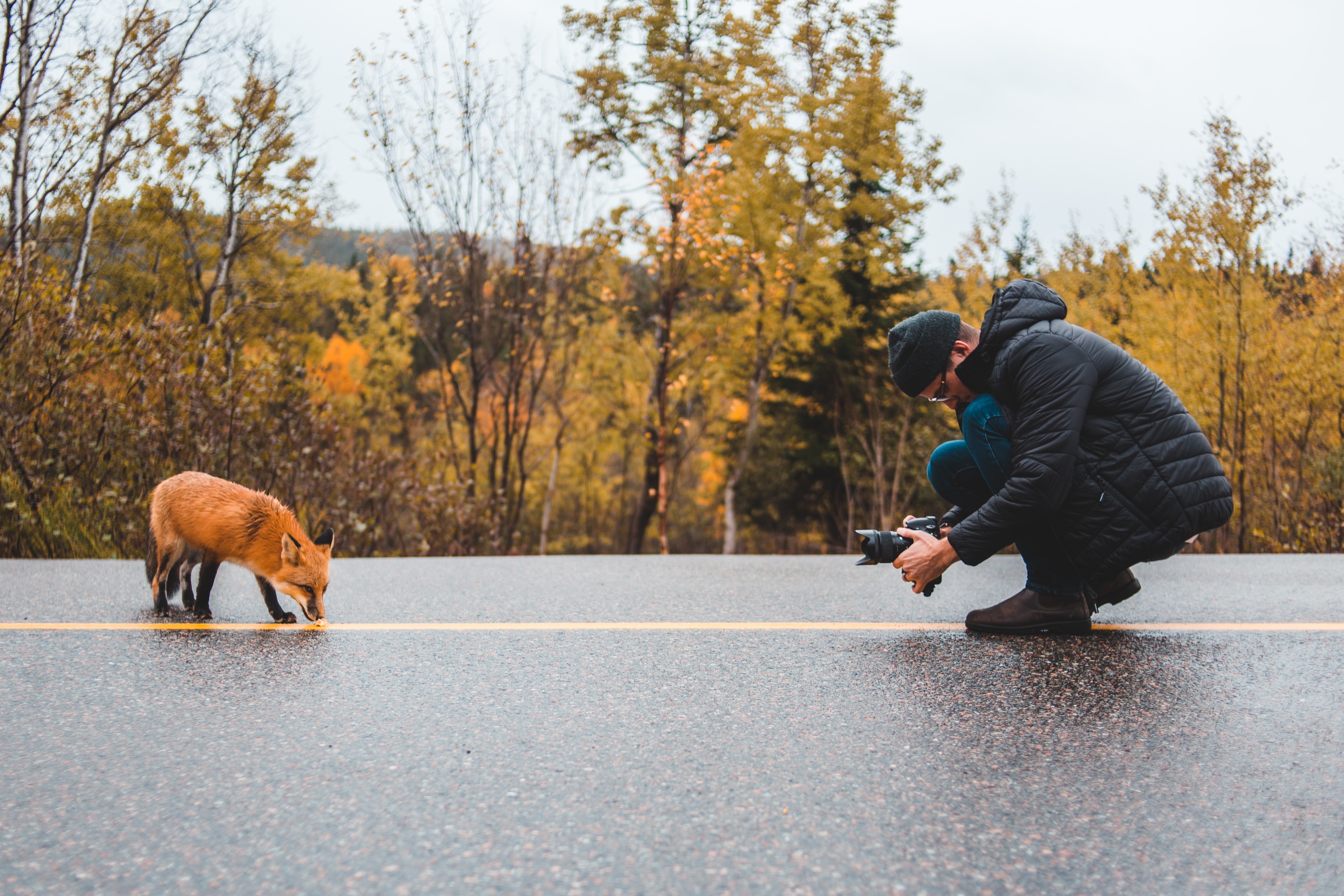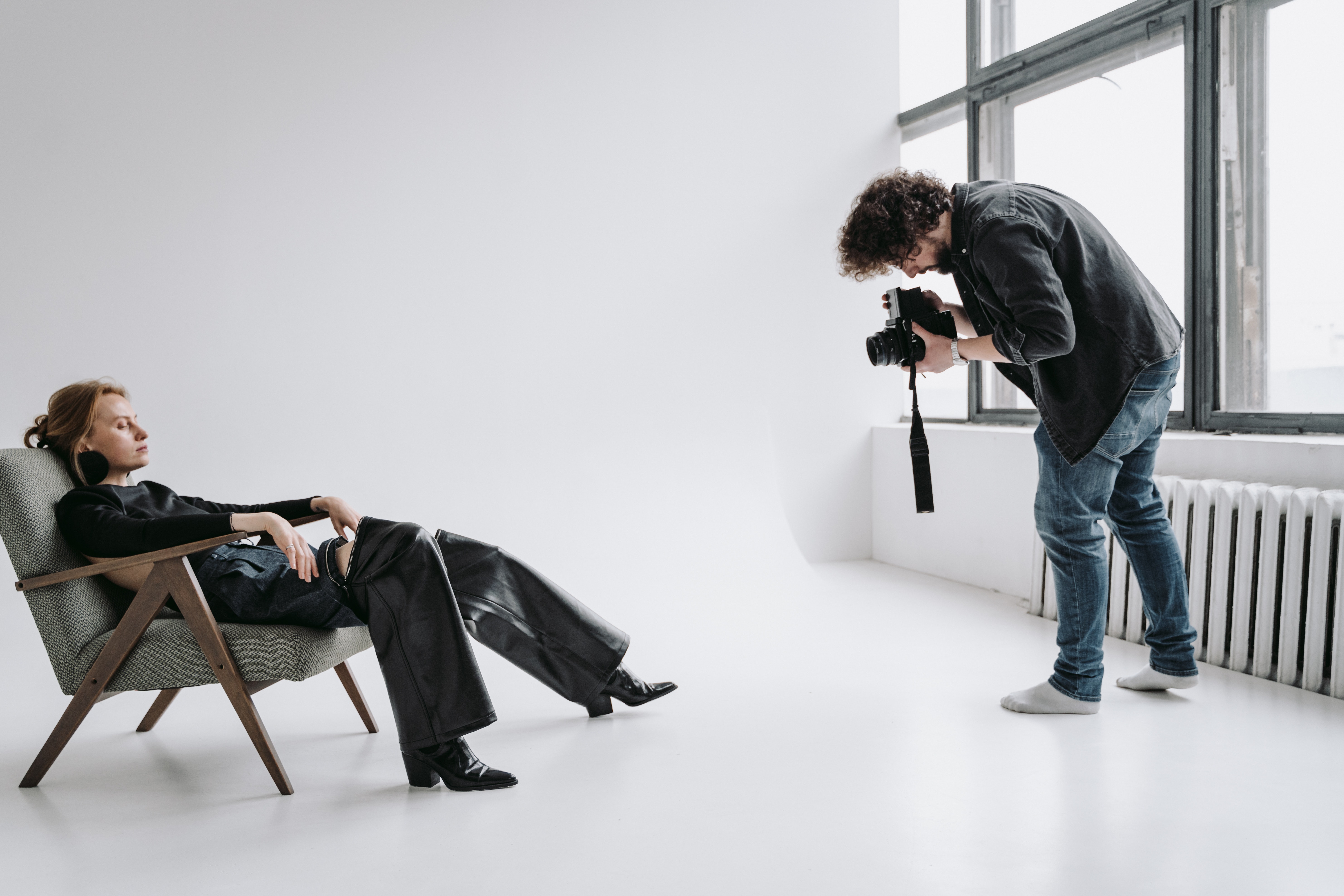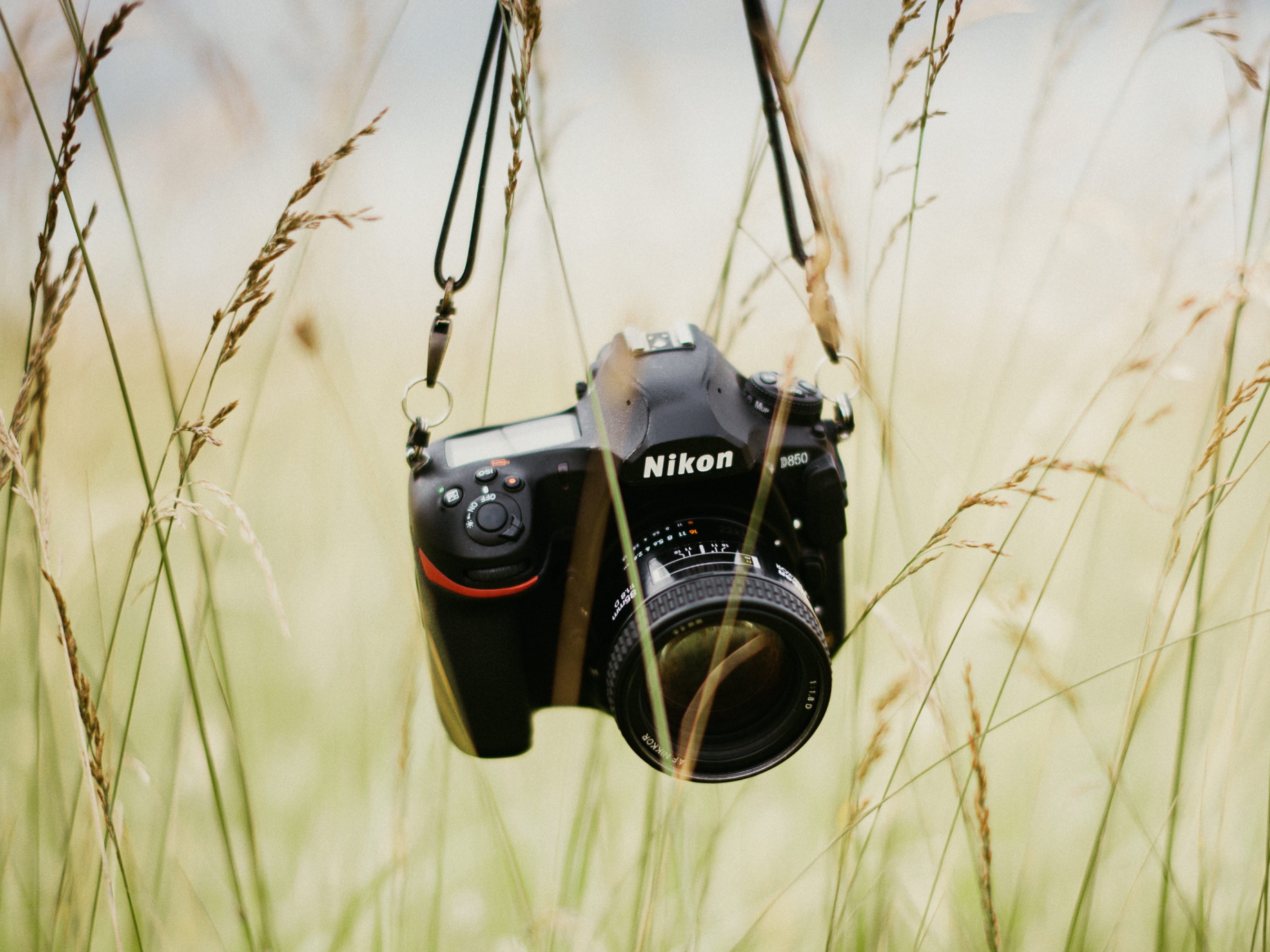
The first lens that most people purchase comes bundled with their first camera—that’s right, I’m talking about the kit lens.
Buying habits for camera gear suggest that the kit lens is likely the only interchangeable lens an average person will ever buy. As a photography lover, the thought of that blows my mind, and admittedly, makes me wince a bit.
Take for instance the very popular Canon EOS Rebel T7. It comes bundled with the Canon EF-S 18-55mm f/3.5-5.6—a functional zoom lens, sure, but probably not on anyone’s list of desert island lenses. While it offers a convenient zoom range and image stabilization, the variable aperture on that lens is pretty crummy.
I’m willing to bet that in the hands of a beginner shooting in automatic exposure, the outcome is likely to be flat-looking photos in good light, and blurry photos in low light—not the result that will keep a new shooter interested in their camera.

It makes me sad to think that most people’s introduction to photography is with something so unremarkable.
Consider how important a first impression is to someone starting a new hobby—it can be the spark that lights a lifelong passion, or a flicker that’s quickly extinguished. The latter can result in tons of cameras being set aside and forgotten.
This got me wondering—why have manufacturers settled on unremarkable zooms as their kit lenses? Why aren’t they giving people a better introduction to photography that will get them hooked?
These questions are even more baffling considering that for decades, manufacturers gave people something much better as a kit lens—the nifty fifty.
The Glory Days Of Accessible Bokeh
That’s right, the kit lens bundled with most 35mm film bodies was usually a 50mm with a maximum aperture of around f/1.8. These mighty prime lenses were light, small, and offered great image quality for the price. So much so, that people still adapt them to their mirrorless cameras to this day.
The wide aperture meant you could shoot hand-held in low-light situations with solid results. Plus, due to the relatively shallow depth of field, it was easy to achieve subject-to-background separation. That means everyone could make bokeh-licious photos.

For someone who’s new to photography and perhaps not yet adept at framing, being able to isolate through depth of field is a game changer. It’s that little bit of magic that makes the experience of shooting more fun, more addictive, and the resulting photos more pleasing—all factors that can keep someone interested in photography.
There’s another reason that 50mm is more natural to shoot than any zoom. The 50mm focal length is referred to as “normal”, meaning it mimics the approximate perspective of the human eye. Looking through a 50mm on an SLR offers a familiar view, not dissimilar from what you see with your own eyes, so the act of shooting feels almost instinctive. It’s because of these reasons that I think every kit lens for entry-level cameras should be a nifty fifty.
The State of Affairs
The answer to why manufacturers have settled on unremarkable zooms is simple—they want to leave you wanting more, so you’ll buy better, more expensive lenses as you grow into the hobby. But it’s just as likely that a person left unimpressed by their kit lens will simply go back to using their smartphone camera with all the fake bokeh and skin smoothing effects. That’s probably what I’d do if I was starting out today, honestly.

And it’s not like I don’t understand the benefit of zoom lenses. I love a good zoom, and own several. Admittedly, the kit zoom that comes with most Fujifilm cameras, the Fujinon 18-55mm f/2.8-4, is actually quite good. And I get that people want convenience, and an optical zoom is not something you get with a smartphone, so it is a different experience. But I still think a nifty fifty is a much better introduction to photography for new users, and is more likely to be the reason they stick with it.
A Nifty Fifty For The Thrifty
Luckily, most manufacturers offer affordable 50mm options, and they’re often the second lens people get after they’ve bought their kit.
Here are some great options based on popular lens mounts:
CANON EF
Canon 50mm F/1.8 II EF—This plastic/fantastic lens has gone through a few iterations through the years, but what’s stayed constant is the great image quality and low price. On cropped-sensor Canon bodies, the focal length is closer to 75mm, which makes for a good entry-level portrait lens.
NIKON F
Nikon Nikkor 50mm F/1.8 G AF-S AF—Nikon’s version of the nifty fifty is built on decades of great lens design. This is a serious performer for the money, and there’s really no excuse not to own one if you’re shooting a Nikon DSLR.
SONY E
Sony 50mm F/1.8 FE—The best affordable option for Sony mirrorless full-frame bodies. It’s sharp and the autofocus is fast and reliable. For those shooting APS-C bodies like the Sony a6000, take a look at the Sony 35mm f/1.8 or the Zeiss Touit 32mm f/1.8 to replicate that 50mm full-frame focal length.
FUJIFILM X
Fujifilm Fujinon XF 35mm F/2 R WR—A tack-sharp, weather-resistant and compact lens, perfectly at home on any cropped-sensor Fujifilm body. If you want to save even more, look at the affordable Fujinon XC 35mm f/2—you lose the weather-resistance, but retain that wonderful image quality.
MICRO FOUR THIRDS
Olympus 25mm f/1.8 M.Zuiko MSC—As light as it is sharp, this portable 50mm equivalent is a must for any Micro Four Thirds camera owner. The Panasonic Lumix 25mm f/1.7 G Aspherical is also quite good, and conveniently works on both Lumix and Olympus MFT bodies.
If you have any questions about finding your nifty fifty, you can always call us at 1-800-DIAL-KEH and we’ll hook you up.




